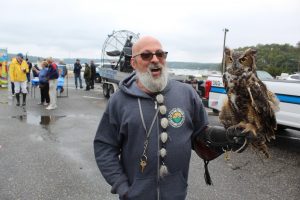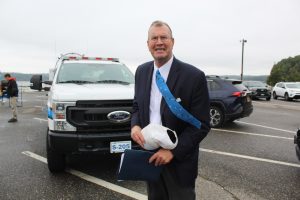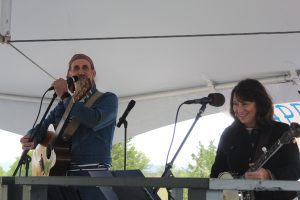TREES
By Joyce Kilmer
I think that I shall never see
A poem lovely as a tree.
A tree whose hungry mouth is prest
Against the earth’s sweet flowing breast;
A tree that looks at God all day,
And lifts her leafy arms to pray;
A tree that may in Summer wear
A nest of robins in her hair;
Upon whose bosom snow has lain;
Who intimately lives with rain.
Poems are made by fools like me,
But only God can make a tree.
By Tara Mae
Art, nurtured and nourished by nature, is a sustenance that sustains the soul. The Firefly Artists’ newest exhibit, I Never Saw a Poem As Lovely As a Tree, is the harvest grown from a sort of artistic cross-pollination featuring works inspired by Joyce Kilmer’s poem “Trees.”
Through painting, sculpture, glasswork, pen and ink drawings, collage, and other mediums, the show, which opened at the Northport gallery on Oct. 18 and runs through Nov. 16, roots itself in the aspect of nature that is its muse. The juried exhibit features the works of approximately 32 visiting artists as well as 20 Firefly members.
The theme serves as a creative catalyst and reverence for the surrounding environment.
“An artist came in with a fire in her eyes about ‘Trees,’ and that became the prompt. It was a fantastic subject for so many folks…We get inspiration from everywhere; we are nothing if not creative,” said Firefly Artists Managing Partner Katheryn Laible.
Inspiration found in nature may actually be planted by memory or emotion. As a course of communication, art transcends both distance and time. Beth Atkinson, a managing partner emeritus, who maintained her Firefly membership when she moved to North Carolina, thought of the poem during a Zoom brainstorming session with her colleagues. Her father, an art teacher and artist in his own right, would recite it when she as a child.
“We have so many fabulous artists on Long Island, and we have quite a few artists who work with landscapes and nature…I started to think about many of our artists at Firefly — almost all of them have pieces that apply,” Atkinson said.
‘Trees’ is a verbal manifestation of the esteem so many local artists have for the natural world; the Firefly Artists put out an open call to any interested participants, and received an enthusiastic response. This resulting effort broadens the scope of the art and is also an opportunity to introduce new creators to the space.
“We like to do juried art exhibitions; they are how we have gotten many new members for our gallery. ‘Trees’ felt universal enough that we would have plenty of interest and be able to choose best pieces for the show,” she added.
Across many different mediums, an artistic arboretum grew from the chosen entries. Though they vary in style and genre, the creative copse they form immerses viewers in verdant vibrancy.
“This is a beautiful exhibition. We are so blessed on Long Island to have such a robust and talented community of artists. Getting to showcase them is a privilege,” Laible said.
By spotlighting the work of nonmembers, the gallery branches out into a larger artistic network and makes inroads establishing lasting relationships; many members began as guests artists.
Current members, six of whom anonymously juried I Never…, did not submit their work for selection, but their art is present elsewhere in the gallery and excavates the essence of the poem.
“Trees are taken for granted,” Firefly member Carol Procopio said. “The tree that inspired my piece sits on my front lawn; I have known it since 1965. Every day when I take my dog out, I look at that tree and it amazes me.”
Instead of poetry in motion, the exhibited pieces employ the studied application of appreciation. Like “Trees,” they require the audience to recognize that beauty, even when familiar, is never banal.
“Living on Long Island, near the water and near one of the cultural centers of the world gives me a huge ‘canvas’ to work with as an artist. There’s nothing like an historic tour of Northport or a stroll through lower Manhattan to fire up the imagination,” Firefly member Ann Fox said.
Love for location, whether present or conjured from remembrance, is a shared attribute of the Firefly artists. The community they foster is not necessarily bound by proximity but rather attributed to shared artistic passion.
Formed in 2011, originally all members lived on Long Island. But, as some of them moved away, they remained connected to the gallery. “Most of Firefly artists stay with us a very long time, even me, who now lives in North Carolina; I just ship my work to Firefly” Atkinson said.
Comprised of current and retired art teachers, art enthusiasts, parents, and grandparents, members belong to the gallery as long as they pay their dues.
Membership fees go to practical matters such as rent — the gallery is located in the historic former residence of The Northport Hardware Company — and philanthropic pursuits such as scholarships. No one associated with the gallery takes a salary. Three managing partners, Laible, Drigo Morin, and Jennifer Lau, oversee and organize operations.
“Firefly is one of those places that has been a savior for many of our artists; they needed a community and we gave them that. I think the best part is that we try to make money, not so much for the gallery but rather for our artists and our local artists,” Atkinson said.
Art, at its core, is an intimate conversation conducted on a communal level. It is a language of emotion and consideration. A project of true passion, the Firefly Artists seeks to plant seeds of understanding in order to cultivate wisdom through wonder. With I Never…, visitors are invited to partake in casual contemplation.
“I love watching people come in and experience the art, especially when they bring their kids in. It really nice way to connect with all different people…” Laible said.
A reception for the exhibit will be held on Saturday, November 4, from 3 to 5 p.m. Located at 90 Main Street, Northport, the gallery is open Monday to Wednesday from 11 a.m. to 6 p.m.; Thursday to Saturday from 11 a.m. to 9 p.m.; and Sunday from 11 a.m. to 5 p.m. Admission is free. For more information, call 631-651-5545 or visit https://thefireflyartists.com.

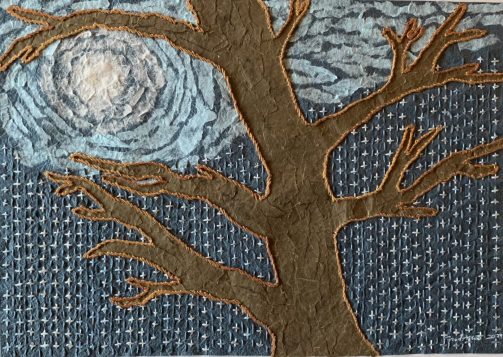

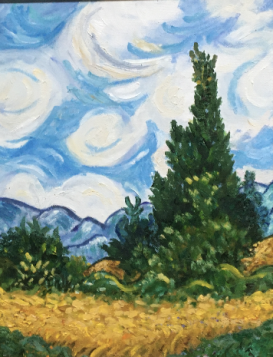
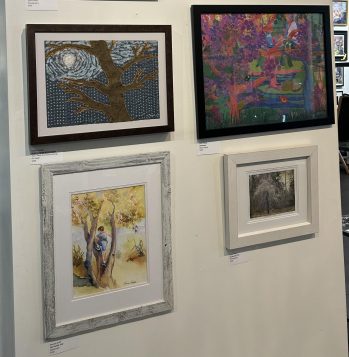
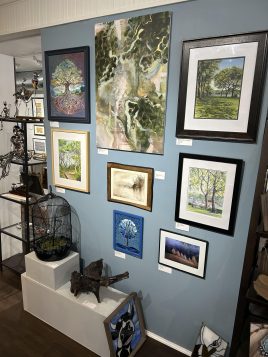
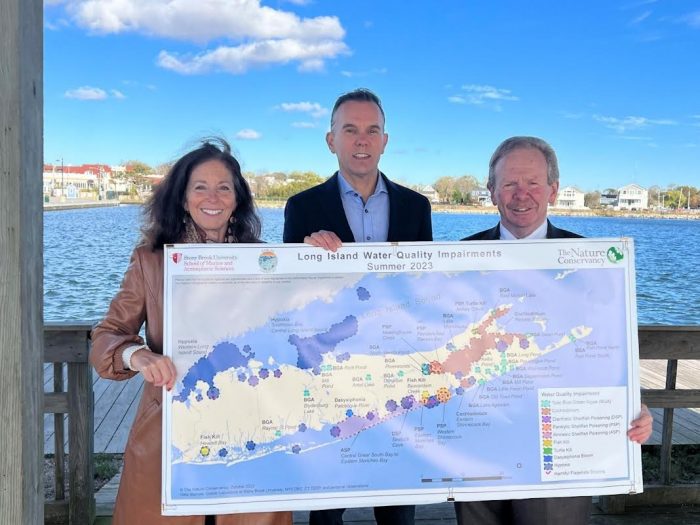
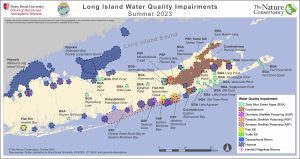
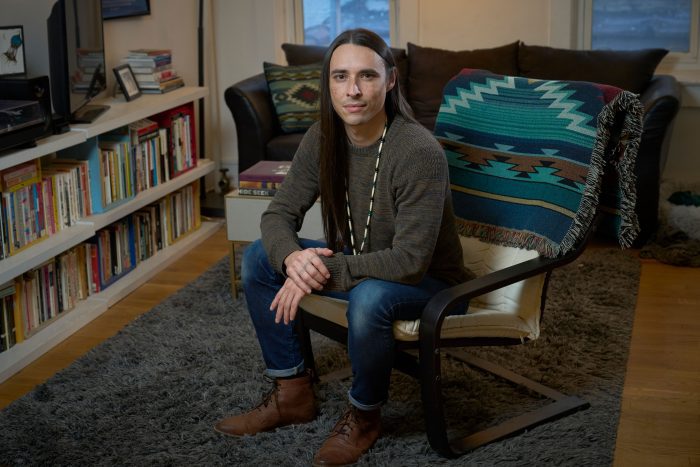
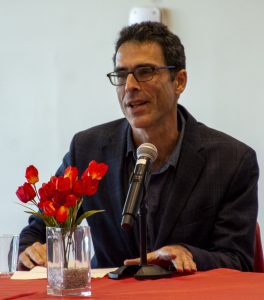

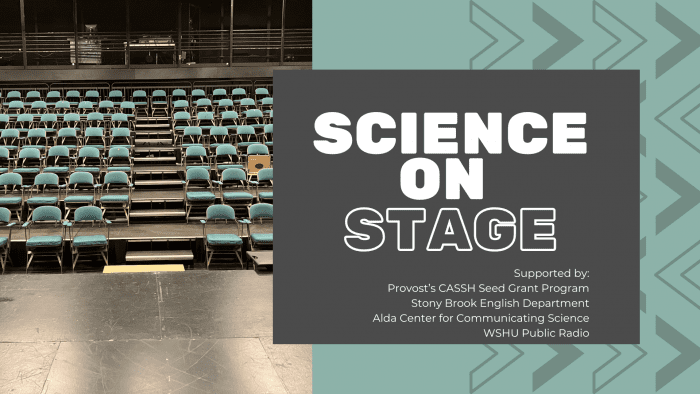
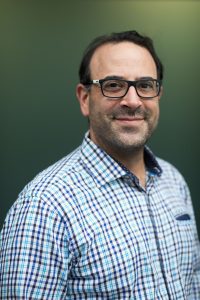
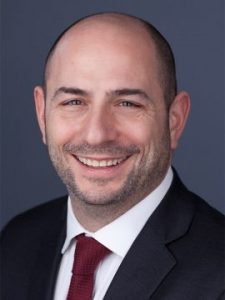
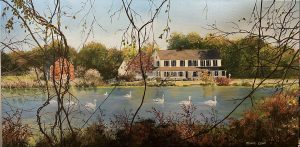
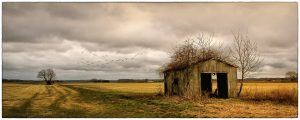
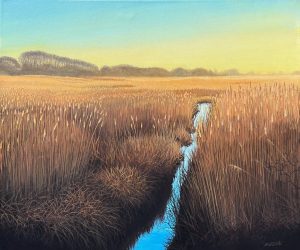
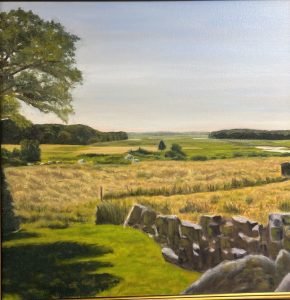
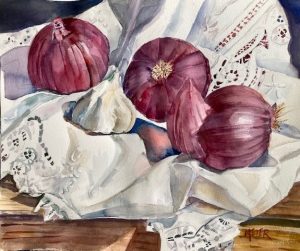
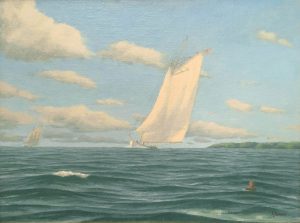
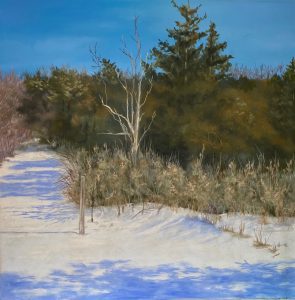
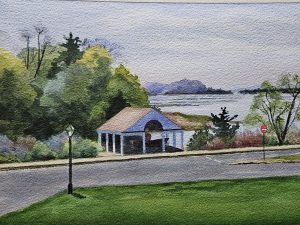
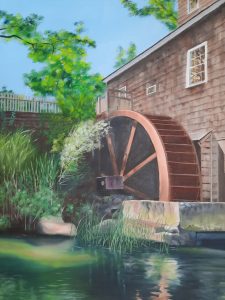
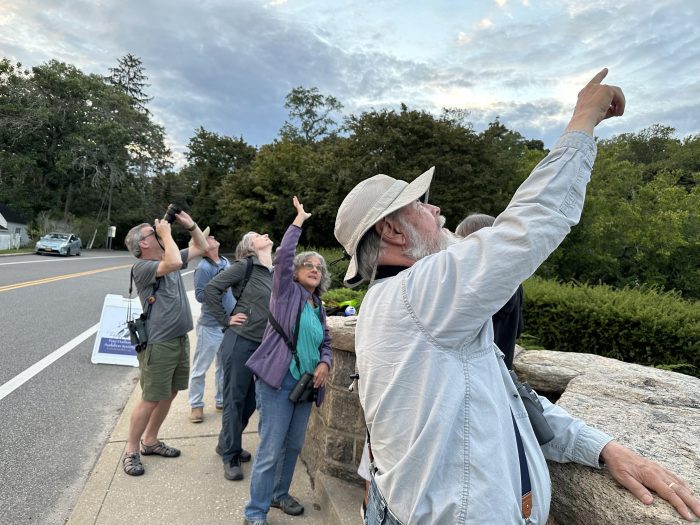
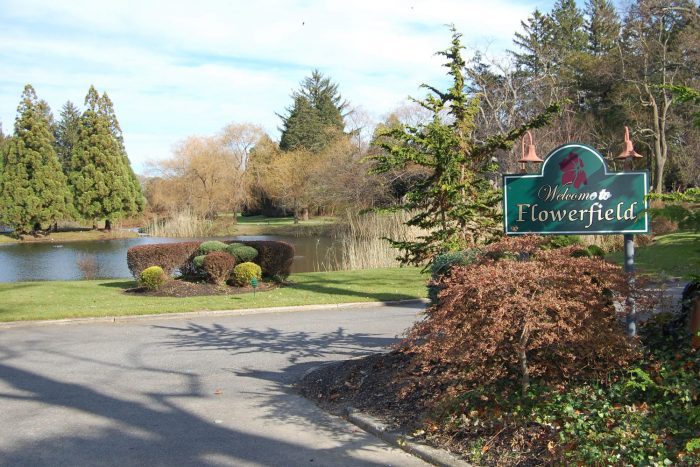

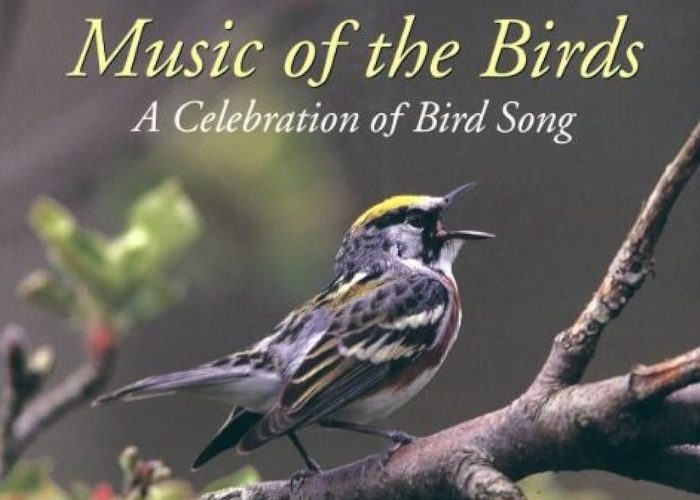

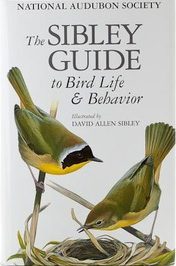 Another book that has a slightly different format but is richly informative is The Sibley Guide to Bird Life & Behavior (numerous authors). It, too, discusses the unique qualities of different bird families but before the family discussion has five chapters that delve into great detail about Flight, Form, and Function; Origins, Evolution, and Classification; Behavior; Habitats and Distributions; and Populations and Conservation. If I were able to recommend only one book for your nightstand to increase the breadth and depth of your knowledge about birds it would be this book.
Another book that has a slightly different format but is richly informative is The Sibley Guide to Bird Life & Behavior (numerous authors). It, too, discusses the unique qualities of different bird families but before the family discussion has five chapters that delve into great detail about Flight, Form, and Function; Origins, Evolution, and Classification; Behavior; Habitats and Distributions; and Populations and Conservation. If I were able to recommend only one book for your nightstand to increase the breadth and depth of your knowledge about birds it would be this book. 